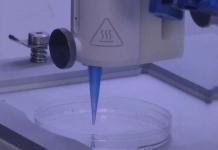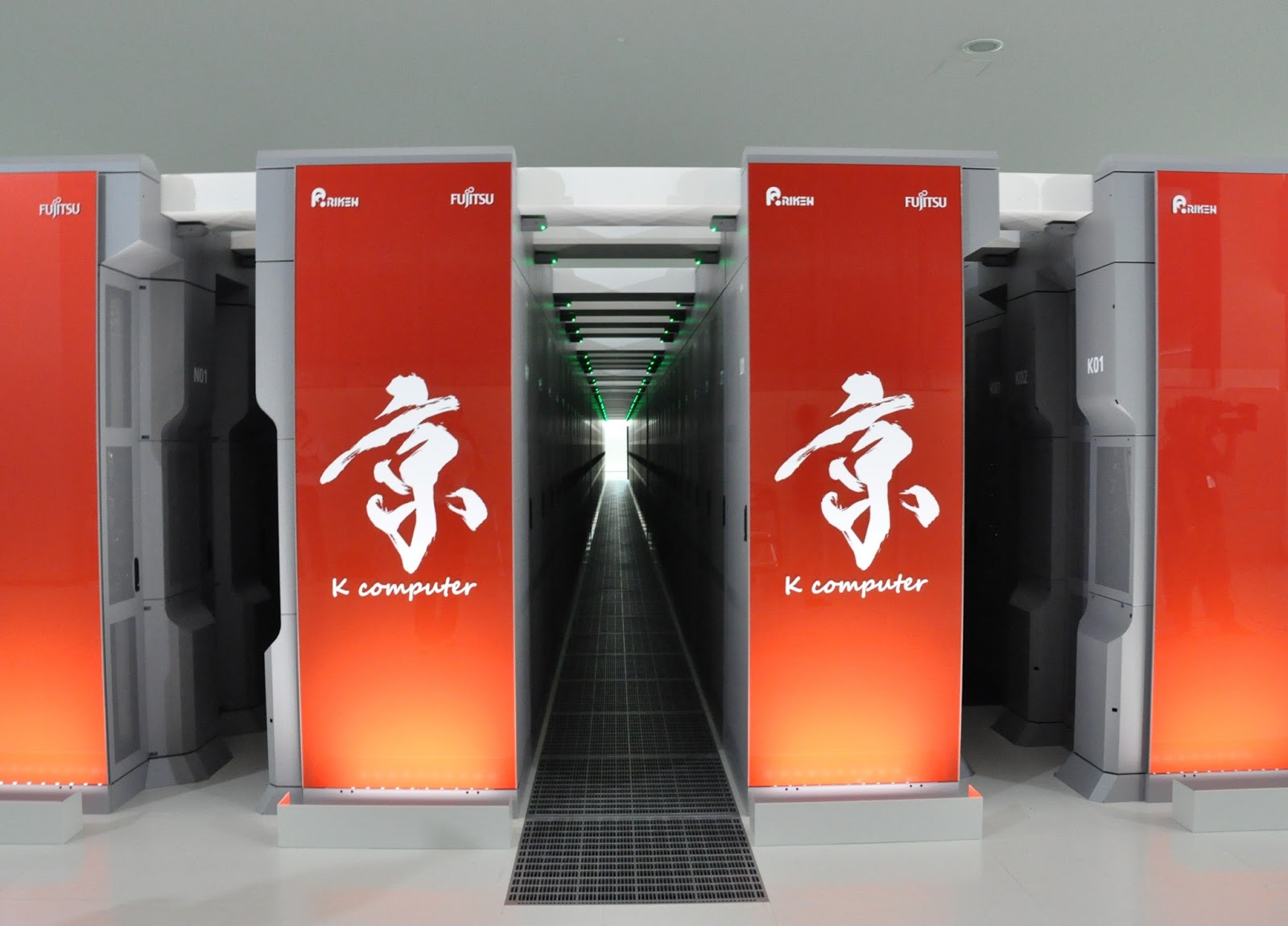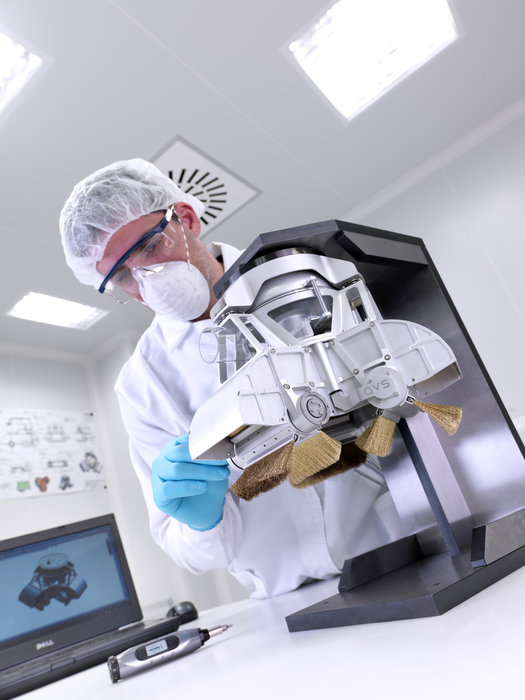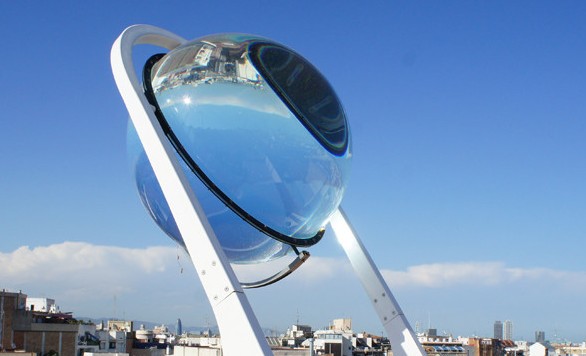Solar and eolian energy are probably among the first things that come to mind when discussing alternative energy, while algae remain at the bottom of the list. Still, an algae-powered building opened its doors this month in Hamburg.
The project involved a lot of big names. Arup, the international structural engineering company that came up with the design, worked together with Germany’s SSC Strategic Science Consultants and Austria-based Splitterwerk Architects in order to bring this to life. In case you haven’t heard of Arup by now, I’ll just say that it participated in the design of the Sydney Opera House. That should be enough to recommend them.
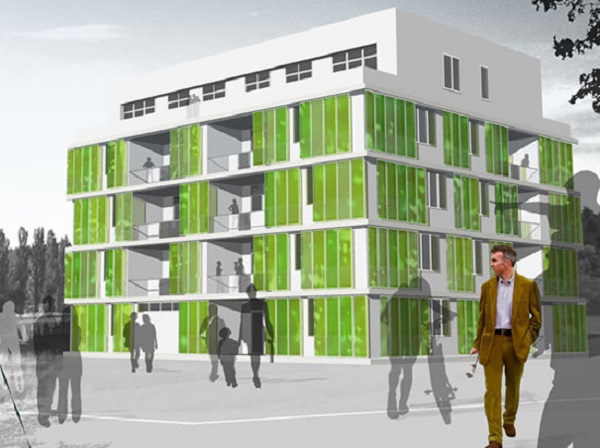
The BIQ House, as this project is called, was unveiled at a major event that took place in Hamburg earlier this month: the International Building Exhibition. Even though the BIQ House is the first of its own, if things go well, we will get to see a lot of these in the future. Germany is one of the top countries in the world that is interested in alternative energy, but its neighbor, Netherlands, will surely follow the trend, along with the Scandinavian countries.

The secret of the BIQ House is represented by its bio-adaptive algae facade. Needless to say, this project is more of an experiment, to see if a building can sustain itself as far as its energy needs go. If it proves to be a self-sufficient living building, it will open a new road for urban environments. The bio-reactor facades include algae that grow faster when exposed to sunlight, thus providing the necessary shade inside the building. On top of that, the algae can be harvested for various purposes. Not at last, the algae are able to capture and store solar thermal heat. These last two aspects contribute to the energy-generating side of the building.
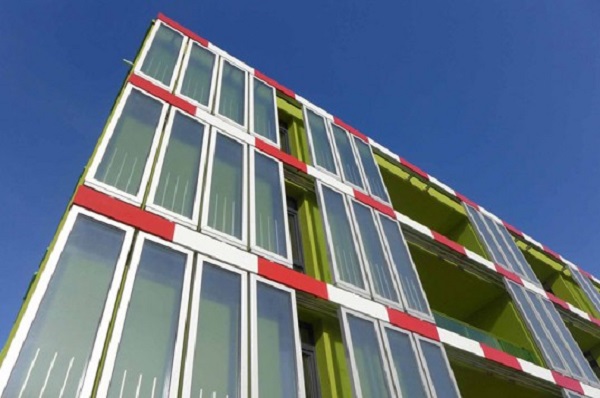
Arup’s motto is simple, but it says a lot about this company’s intentions of changing the future: “We shape a better world.” In five words, they make a reference to design and suggest that a new world based on alternative sources of energy would be better. The BIQ House should be used as a standard when comparing this design company to others, as this innovative building is not only able to produce the energy it needs, but it also has a modern design that fits metropolises.

If you liked this post, please check the solar-powered V-tent for electric vehicles and read about how to charge smartphones using street lights in China.

